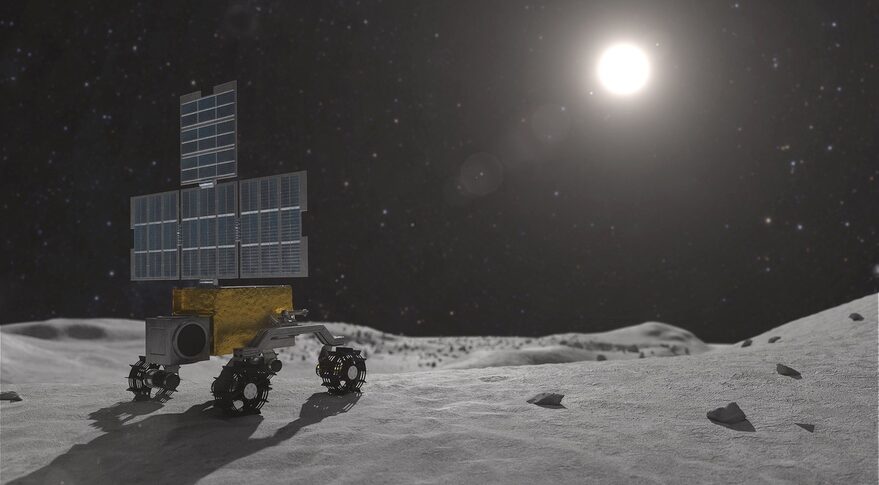Canadian startup STELLS has unveiled plans to develop the MPR (Mobile Power Rover) lunar rover. It will generate energy from its solar panels and will be able to transfer it using wireless charging technology to other devices located on the surface of the Moon.

According to the executive director of STELLS, the initial goal of the company was to develop a lunar rover for scientific missions. However, engineers quickly discovered the problem of supplying sufficient energy to the device when working on the territory of permanently shaded craters at the poles of the Moon.
For some time, STELLS engineers considered the possibility of using a radioisotope thermoelectric generator (RTG) to power the lunar rover, but quickly ruled it out, for technical and political reasons. Instead, the company decided to change its approach. Instead of building a scientific rover, STELLS decided to focus on creating a machine that could recharge other vehicles on the Moon.
The idea is that the rover will leave the charging unit inside a shaded area at the bottom of the crater. Then it will get out into the sunlight and start generating and transmitting energy via cable to the unit. Other spacecraft will be able to get it using wireless charging technology.
According to representatives of STELLS, they have already completed the production of a prototype of the lunar rover and have begun work on a demonstration model that will fly to the Moon. The company plans to launch it in 2025. The rover will go to the Moon as a payload on the Intuitive Machines lander. As part of this mission, the company plans to test its energy transmission technology in practice. It is also reported that STELLS is in talks about cooperation with Astrobotic.
Earlier we talked about Astrobotic’s plan to send a CubeRover to the Moon.
According to https://spacenews.com
Follow us on Twitter to get the most interesting space news in time
https://twitter.com/ust_magazine
